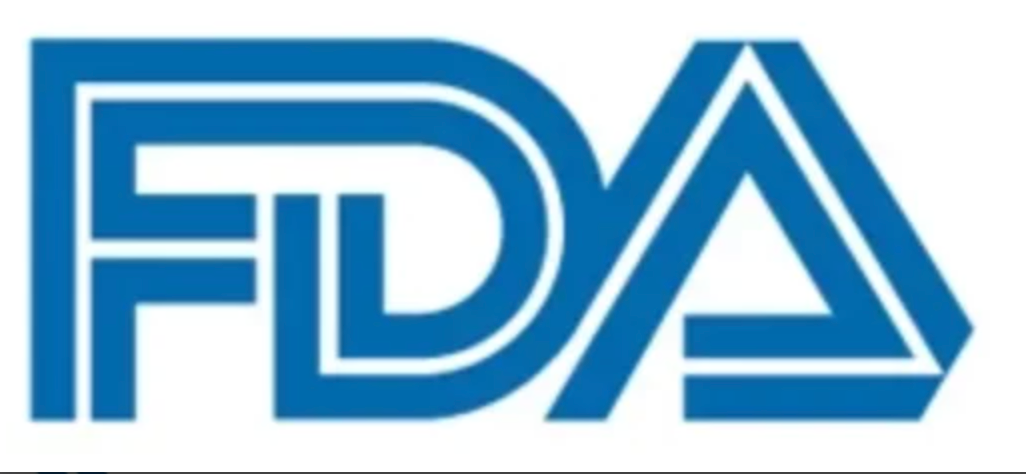Article
FDA Grants Fast Track Status to Berubicin for Recurrent Glioblastoma Multiforme
Author(s):
The FDA has granted a fast track designation to berubicin as a potential therapeutic option for patients with recurrent glioblastoma multiforme.

The FDA has granted a fast track designation to berubicin as a potential therapeutic option for patients with recurrent glioblastoma multiforme, according to an announcement issued by WPD Pharmaceuticals, Inc.1
Berubicin is an anthracycline, which is part of a class of chemotherapy agents that have demonstrated efficacy against several types of cancer. These kinds of drugs are developed to leverage natural processes to elicit deoxyribonucleic acid damage in targeted cancer cells by interfering with the action of topoisomerase II, an important enzyme that allows for cell proliferations. Notably, the agent is one of the first anthracyclines that can cross the blood–brain barrier and overcome drug resistance.2
The agent was developed by Waldemar Priebe, PhD, a professor of medicinal chemistry in the Department of Experimental Therapeutics of the Division of Cancer Medicine at The University of Texas MD Anderson Cancer Center.
In December 2020, the FDA approved an investigational new drug application for berubicin for the treatment of patients with glioblastoma multiforme.3 In an ongoing, open-label, parallel, 2-arm phase 2 trial (NCT04762069), investigators set out to further evaluate the activity of the agent vs lomustine in patients with recurrent glioblastoma following standard-of-care treatment.
To be eligible for enrollment, patients need to be at least 18 years of age, have a diagnosis of glioblastoma multiforme that is grade IV per the World Health Organization criteria, recurrent disease per RANO criteria evaluation and confirmed by central review, and a tumor that is localized supratentorially, among other criteria.
If patients are receiving any additional concurrent radiotherapy or chemotherapy, received prior treatment with bevacizumab (Avastin), had an MRI at screening that showed a mass effect defined as significant compression of the ventricular system and/or a midline shift, or poorly-controlled seizures, they were excluded.
Study participants will be randomized 2:1 to receive either berubicin at a dose of 7.1 mg/m2 as free base (equivalent to 7.5 mg/m2 berubicin HCI) via a once-daily, 2-hour intravenous infusion for 3 consecutive days followed by 18 days off drug in 21-day treatment cycles or lomustine capsules delivered at the institutionally-approved dose and regimen in accordance with the full prescribing information/summary of product characteristics.
Because the trial has an adaptive design, it allows for an interim analysis of the data to identify differences in efficacy between the 2 therapeutic strategies; it also allows for an adjustment to the size of the study population to allow for greatest efficacy with respect to time in development.
The primary end point of the trial is to evaluate overall survival, and secondary end points include progression-free survival (PFS), event-free survival, and overall response rate, among others.
Previously, a multi-institutional phase 1 trial was launched to identify the maximum-tolerated dose (MTD) of, and dose-limiting toxicities (DLTs) experienced with, berubicin in patients with primary brain cancers.4 In this trial, a total of 35 patients with recurrent or refractory glioblastoma multiforme or other primary brain cancers were given berubicin over 2 hours for 3 consecutive days every 21 days. Doses of the agent were escalated by using an accelerated titration design, with daily doses ranging from 1.2 mg/m2 to 9.6 mg/m2.
Investigators analyzed plasma levels of the agent and its primary metabolite, the 13-hydroxy derivative berubicinol, using liquid chromatography-tandem mass spectrometry assays. Moreover, pharmacokinetic parameters were estimated, and statistical analyses were applied, with P <.05 indicative of significance.
Safety data indicated that the most frequently reported DLT was myelosuppression, particularly neutropenia. Moreover, the MTD of berubicin was determined to be 7.5 mg/m2 per day. At this dose, 1 of 5 patients reported a DLT; 2 of 6 patients experienced a DLT at a higher daily dose of 9.6 mg/m2. Although nonhematological toxicities were reported, they were minimal, and no neurotoxicity or cardiotoxicity was observed with the agent.
Data from a phase 1 trial showed that the agent significantly improved PFS in 44% of patients.4 The 44% disease control rate was based on a total of 11 patients who had experienced stable disease, plus responders to the treatment. One patient achieved a durable complete response with berubicin, and they were noted to be free of their cancer for over 13 years.
In June 11, 2020, the FDA granted berubicin an orphan drug designation for the treatment of patients with malignant gliomas.5
References
- WPD Pharmaceuticals’ licensor receives FDA fast track designation for berubicin for the treatment of recurrent glioblastoma multiforme; WPD Poland arranges loans. News release. WPD Pharmaceuticals, Inc. July 12, 2021. Accessed July 13, 2021. https://bit.ly/3AXAG4h
- A study of berubicin in adult subjects with recurrent glioblastoma multiforme. ClinicalTrials.gov. Updated July 12, 2021. Accessed July 13, 2021. https://clinicaltrials.gov/ct2/show/NCT04762069
- CNS Pharmaceuticals announces FDA approval of IND application for its brain cancer drug candidate berubicin. News release. CNS Pharmaceuticals, Inc. December 17, 2020. Accessed July 13, 2021. http://prn.to/2KuKRbb
- Berubicin. CNS Pharmaceuticals, Inc. Accessed July 13, 2021. https://bit.ly/3pfA9Ec
- CNS Announces the FDA has granted orphan drug designation for brain cancer drug berubicin. News release. CNS Pharmaceutics, Inc. June 11, 2020. Accessed July 13, 2021. https://prn.to/2UBdBkv








